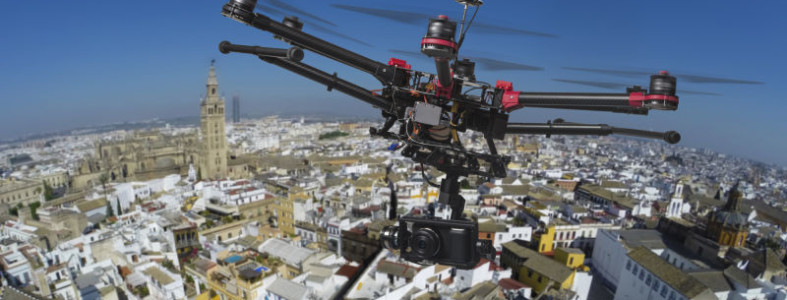
AT&T and Intel are Testing Drones Over LTE Networks
Intel and AT&T want to see if it is possible to control drones over LTE networks.
At the coming Mobile World Congress (MWC) 2016 show this week in Barcelona, Spain AT&T and Intel will be demonstrating a drone operating beyond the operators vision while streaming video over an AT&T LTE network that is currently used for smartphones and tablets.
Consumer grade drones are limited in how far they can travel because of the need to keep them in sight to control them. Intel, AT&T and some others in the tech industry believe drones have thousands of industrial customer and consumer customer uses that would be aided by the ability to cover longer distances without line-of-sight of the operator.
Anil Nanduri, vice president of Intel’s New Technology Group and general manager of new markets was quoted as saying “Intel believes UAVs [unmanned aerial vehicles] have great potential, from inspections, precision agriculture to deliveries of consumer goods and providing emergency disaster relief, We want to grow this market through our collaborations and by integrating new technologies and compute to UAVs.”
“The future challenge will lie in finding ways to keep the products interesting,” said ABI Research Director Phil Solis. “By transforming consumer UAVs into flying smartphone-like platforms, product vendors will be able to add innovative technological functionality into the devices with an eye on more open application development to enable innovative use cases.”
At MWC, Intel plans to run a Yuneec Typhoon H Quadcopter (Drone) that will be armed with Intel’s RealSense Technology UAV. The device will stream video and telematics over AT&T’s LTE network. It will be the job of AT&T’s Internet of things (IoT) team as well as the Foundry innovation center to evaluate how the LTE network performs at higher altitudes and if it will impact anything such as video streaming and transmitting telematics or sending flight information.
Chris Penrose, senior vice president of IoT solutions at AT&T was quoted as saying “Our LTE network is uniquely positioned to connect industries like delivery, agriculture, construction and insurance, We’re using the network to transfer important information, images and video quickly and efficiently—far beyond the boundaries of short range connectivity.”
AT&T and Intel believe that being able to connect drones over an LTE network can help address safety and security issues by allowing real-time communications with aircraft. The Federal Aviation Administration is on regulations and policies for drone operations.
Intel is just one chip maker pushing hard towards the UAV market. Qualcomm in September introduced Snapdragon Flight, which we did a story on, a small board integrating all the functionality needed by drones, including navigation technology, processors, cameras and various sensors.
Check out featured products from our shop
-
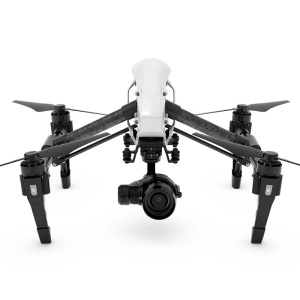
Inspire 1 Pro Ready to fly with 1 Remote and Lens
USD $4,499.00 -
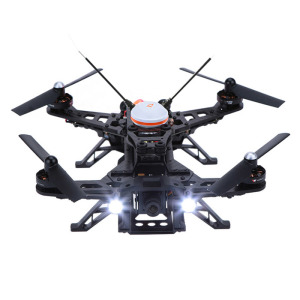
Walkera RUNNER250 RTF3 FPV – Ready to fly Quadcopter with added On Screen Display (OSD) module, DEVO 7, Charger, Battery, Camera, Video transmission module, and Goggles2
USD $729.00 -
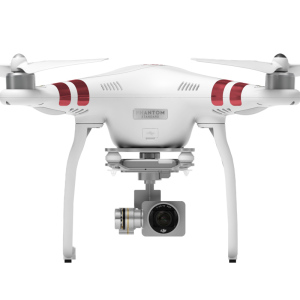
Phantom 3 Standard Ready to Fly Quadcopter with integrated 2k camera
USD $799.99USD $699.99 -
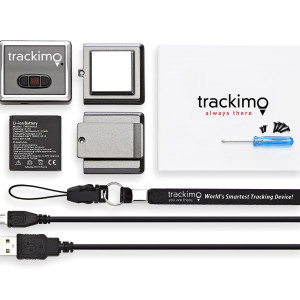
Trackimo GPS Tracker – 1 Year GSM Service
USD $139.99

No comments yet.